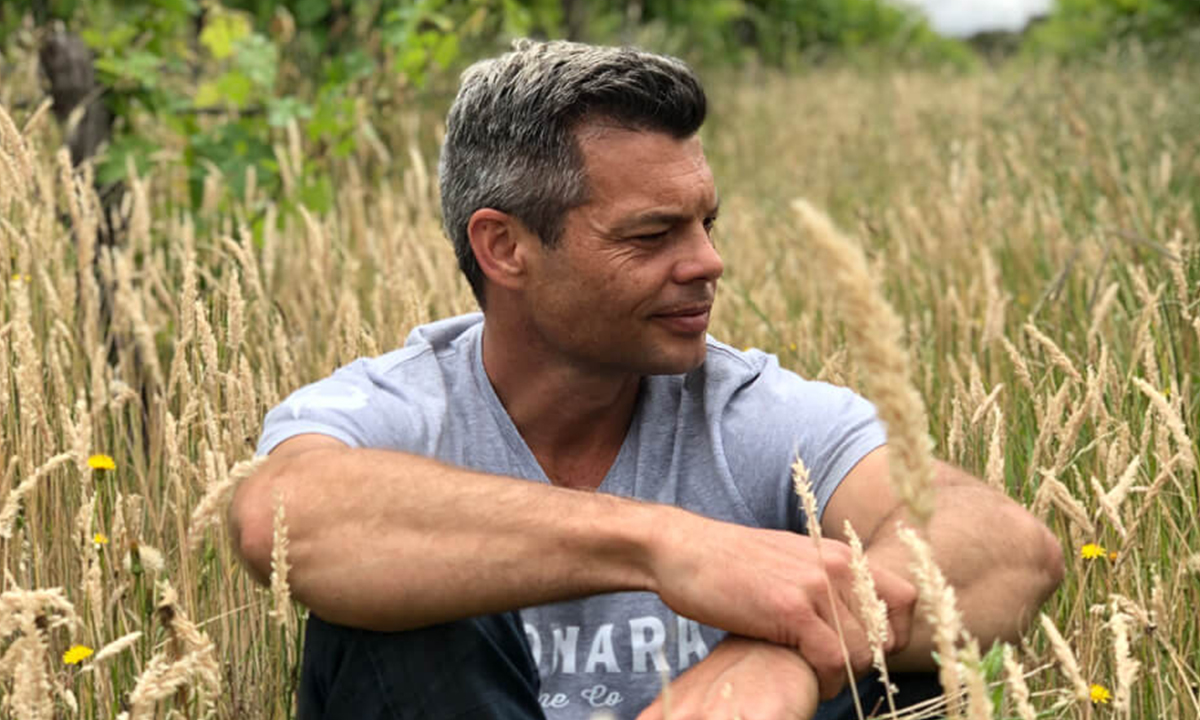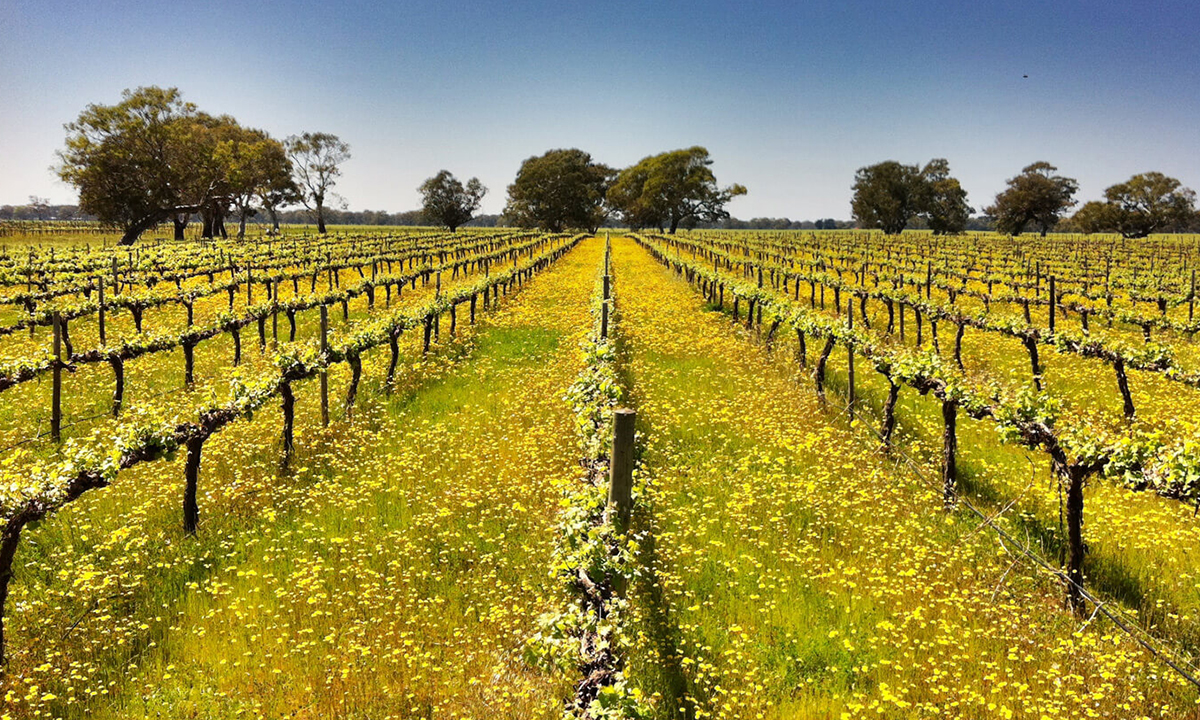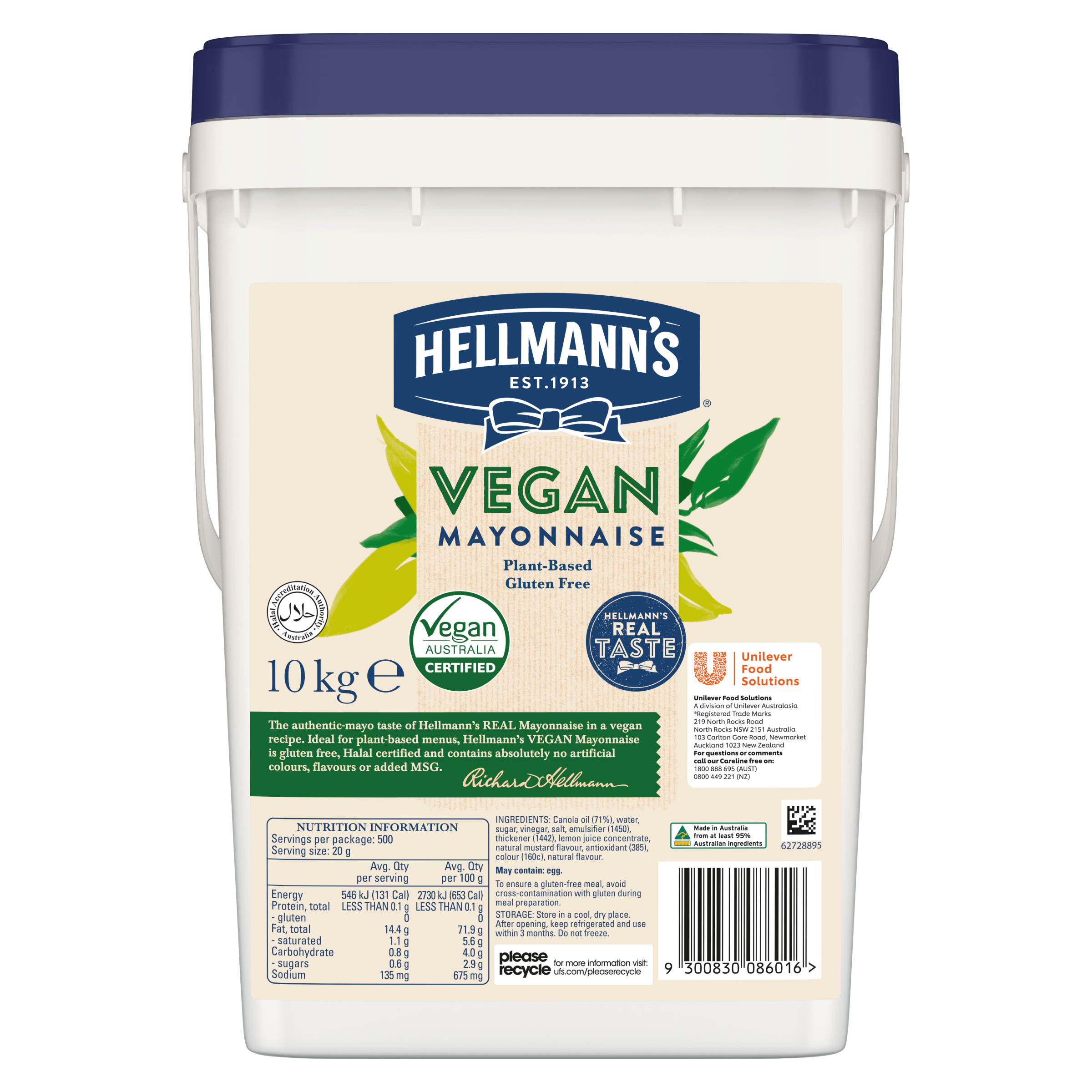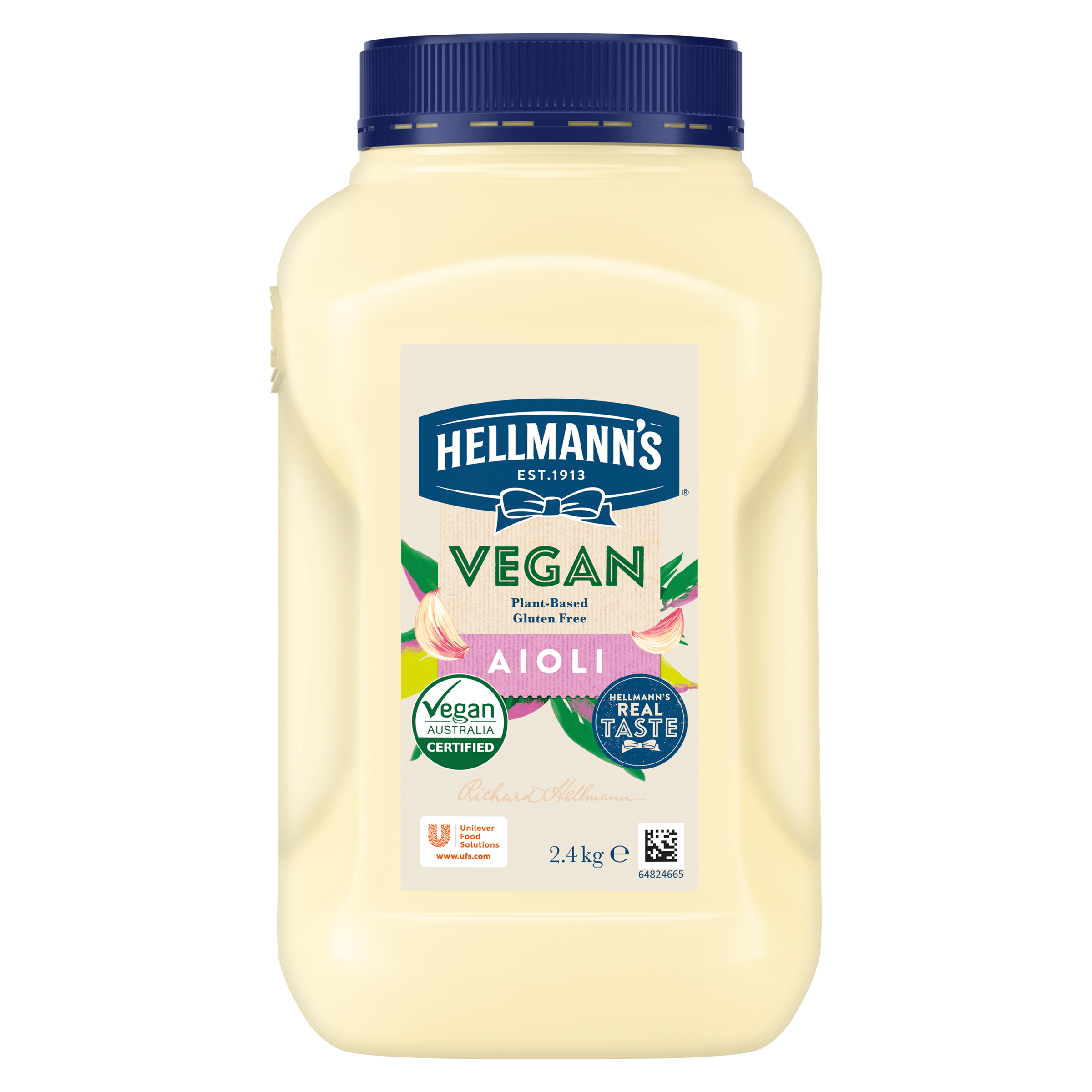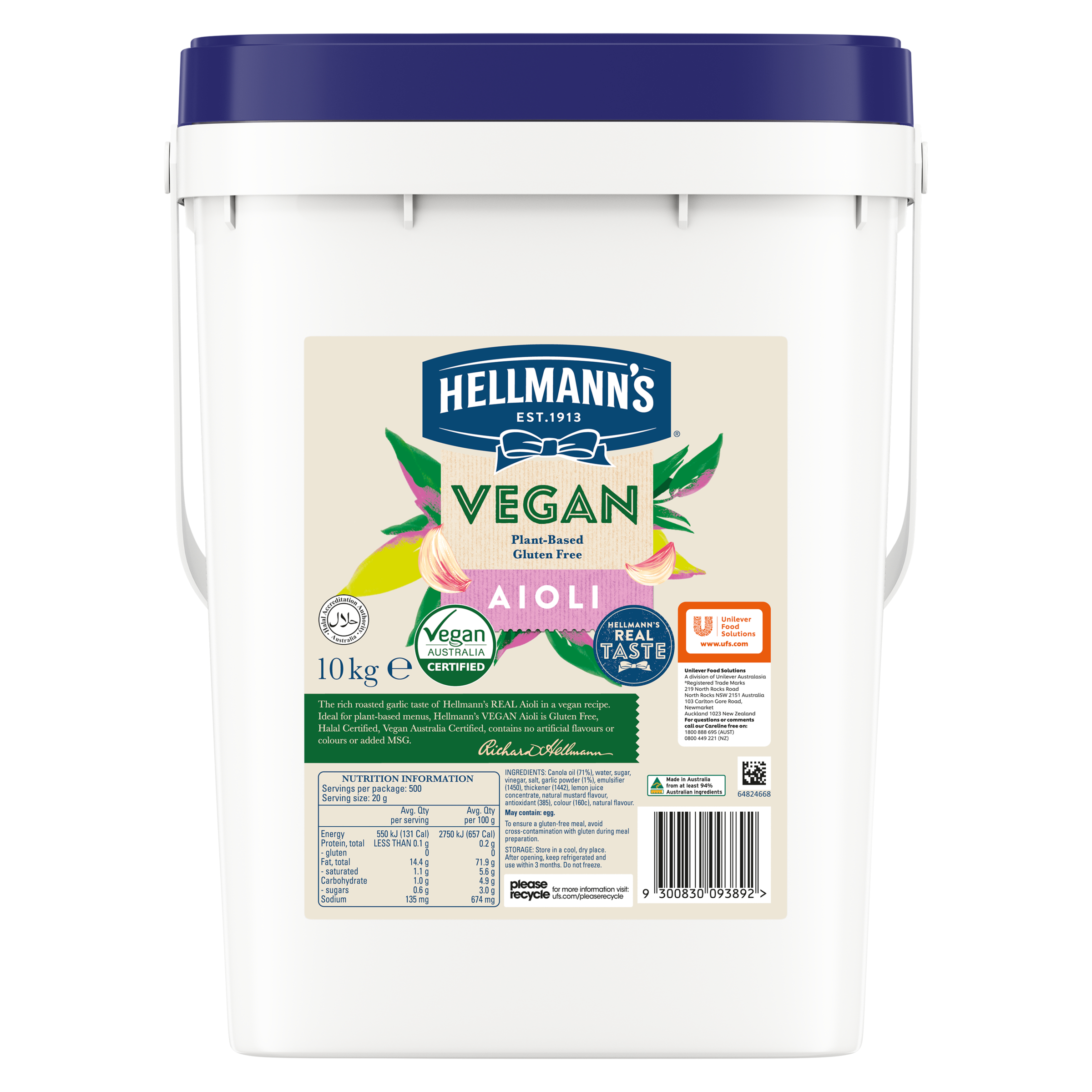When Dru Reschke’s father Trevor passed away in 2005 after contracting cancer, Trevor believed his illness was worsened by the conventional chemicals used to control pests in the family vineyard. “Back in those days,” says Dru Reschke, “using chemicals was simply the done thing.”
This tragedy took Reschke on a journey. He began asking not only what chemicals he was using, but why. His winery, Koonara, became the first in Coonawarra to be certified organic in 2017.
But that wasn’t the end. Now, like several winemakers, Reschke is an avid supporter of regenerative practices. His vineyards have never been healthier – and distributors and hospitality venues alike are taking notice and choosing to support sustainable businesses like Koonara.
Why growers are prioritising natural processes
In the space of a generation, we have begun speaking about food and wine in a new way. We ask questions about ethics, sustainability, organics and biodynamics. Regenerative is the new market trend.
Richard Leask runs the Hither & Yon vineyards in McLaren Vale. He explains that soil quality across the globe has declined due to conventional farming’s use of artificial chemical treatments. Regenerative farming combats this, bringing soil nutrition and biodiversity back to original levels.
“It’s actually pretty simple. Firstly, you need to keep the soil covered and incorporate living roots. Then you allow for greater biodiversity, leading to increased nutrition and reduced soil cultivation. Lastly, you allow livestock to control pests and excess growth,” Leask tells InSeason.
At its core, though, is soil carbon and microbiology. Regenerative agriculture increases a plot’s microfungi and carbon count, driving nutrition up. The result is that Leask’s vineyard and resulting wines are thriving. This was recognised in 2022, when Leask’s Sand Hill Vineyard, which accounts for 80% of Hither & Yon’s production, was awarded Innovative Vineyard of the Year in the Young Guns of Wine. His system clearly works.
Leask is also quick to point out that his methods aren’t innovative, but ancient. “It’s about working with nature, rather than against it. It’s organic ecology and once it’s established, there’s less need for intervention.”
The business case for regenerative agriculture
Reschke’s property bursts with the benefits of regenerative practices. Koonara allows native grasses to grow among the vines, which attracts predatory insects to keep pests controlled. Sheep wander the property, putting more organic material into the soil while they graze.
His voice still shakes with excitement when he speaks about the results. “My soil is retaining an extra 135,000 litres of water per hectare. This grows more microfungi, meaning more minerals and carbon in the soil. We have luxury levels of nutrition and with this increased health comes disease resistance.” Coonawarra’s last vintage saw extra rainfall, meaning increased disease pressure. Many sites sprayed 12 times to control mildew. Koonara used organic sprays once.
“Fewer sprays mean I’m in the tractor less. This means less fuel, less wear and tear. Overall, my costs are down 30%.” This is something Reschke is keen to note. Farming is business and, while business ethics come into play, many organisations demand fiscal advantages. “If regenerative is done properly, you save money. My soil health takes care of itself. I simply don’t know how much chemicals cost – I don’t need them anymore.”
From a food-service perspective, more customers are paying attention to environmental considerations like regenerative agriculture, with at least 65% of consumers wanting to make the right spending choices to live a healthier and more sustainable life. Food-service businesses that give customers the sustainable choices they want could reap financial and environmental benefits.
The environmental case for supporting regenerative agriculture
The average carbon content of farmed earth sits between 0.7–4%. Even an increase of 1% would see a massive improvement in land health. And while increased soil carbon is great for producing healthy crops, it’s good for the environment too. One tonne of carbon in the ground offsets 3.67 tonnes of carbon dioxide in the air. Reschke’s small nine-hectare farm has sequestered a staggering 1250 tonnes of carbon alone, equivalent to the same number of cars off the road.
But there is only so far a viticulturalist can go. Too much grass will simply out-compete vines in the race for nutrition. But, for growers, more carbon means more crops per hectare. For a grazier, more healthy grass means more head of cattle or sheep without increased land. Both see an improved profit-to-cost ratio.
Other countries already have certification for regenerative practices, but Australia is years away from regulation. But Leask notes this isn’t a bad thing. “Certification brings consumer confidence but can stifle ingenuity. A one-size-fits-all approach simply won’t work. Each farmer has to think about how to best implement these practices and farmers know their land best.”
This doesn’t mean that the food-service industry cannot support regenerative growers. We can ask questions to our suppliers. We can support NFPs, like Soils for Life and work with First Nations experts to employ regenerative practices. We can create demand. Agriculture is big business in Australia, accounting for 55% of total land use. It is becoming painfully clear that land use needs to be responsible, and we are quickly learning that the way it is farmed has the potential to change the world.

